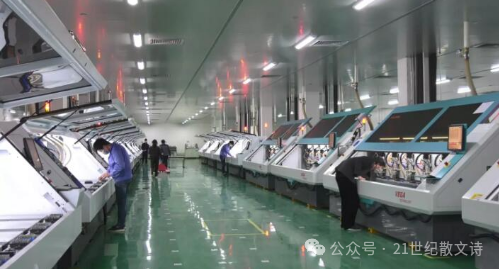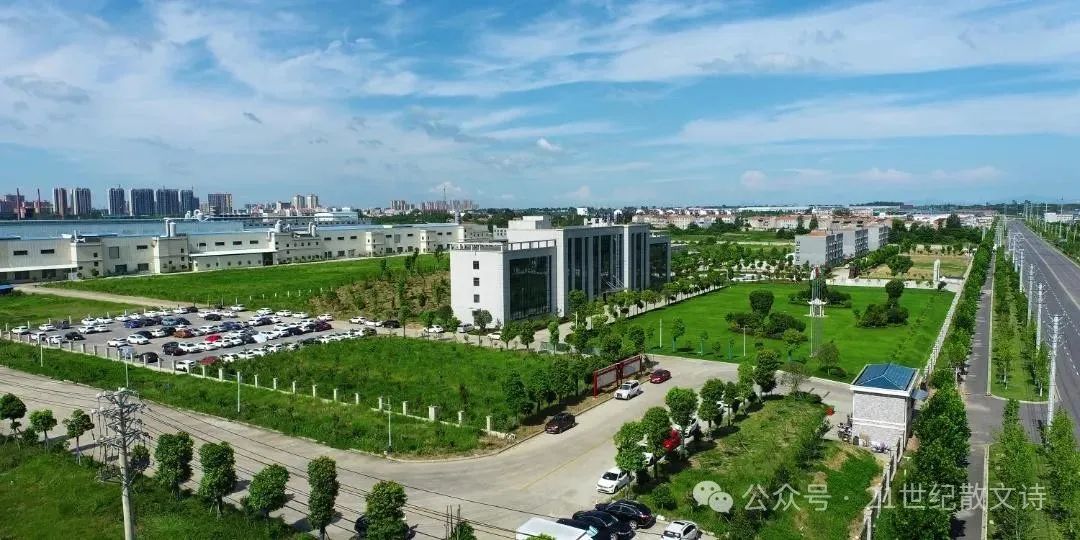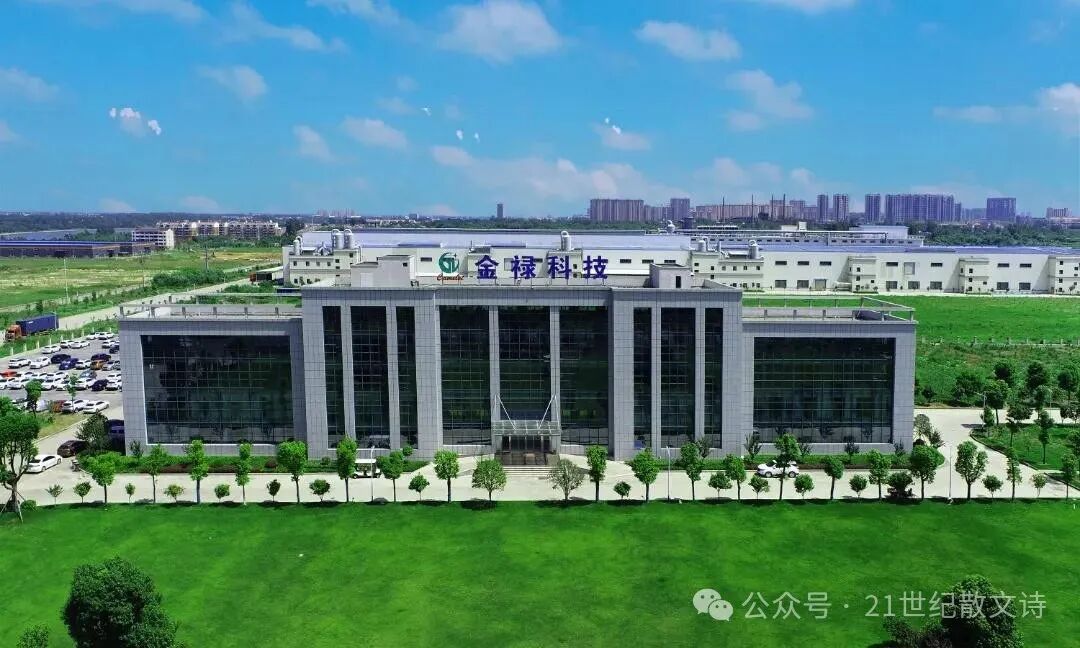Jiang Hongping | “Observing Circuit Board Drilling”

01 Original Poem
Observing Circuit Board Drilling
By/Jiang Hongping
On a smooth square, a
hidden world is being constructed
with tools invisible to the naked eye
breaking through the circuit board
leaving neatly arranged small dots
with the knowledge stored in my mind
I know that within the small dots are mountains and rivers, cities and villages
there must also be the military relay stations and beacons of past dynasties
and ancient caves
A row of machines automatically drill holes, with a few workers
walking not far away
seemingly searching for the chance of an encounter with the hidden world within the small dots
April 9, 2025

02 AI Commentary
This poem uses the “circuit board drilling” in industrial production as a starting point, transforming the mechanical industrial scene into a poetic space full of metaphors and imagination, constructing a unique aesthetic dimension in the collision of technical rationality and humanistic contemplation. The following commentary unfolds from several aspects:
1. Dual Deconstruction of Imagery: From Technical Symbols to Spiritual Metaphors
The “smooth square” (circuit board) and “neatly arranged small dots” (drilled holes) in the poem are typical industrial images, but the poet refuses to remain on the surface, instead using expressions like “hidden world” and “tools invisible to the naked eye” to endow them with dual deconstruction:
– Intertextuality of Micro and Macro: The small dots are both physical drill holes and are imagined as “mountains and rivers, cities and villages,” “military relay stations and beacons of past dynasties,” and “ancient caves”—the products of industrial manufacturing are transformed into a “microcosm” that carries the history of human civilization, creating a wonderful isomorphism between technical traces and natural, historical, and cultural landscapes.
– The Clash of Mechanical Rationality and Poetic Imagination: The cold order of “a row of machines automatically drilling holes” contrasts with the warm desire of “workers searching for the chance of an encounter,” implying humanity’s transcendent pursuit of tool rationality in the technological age—the “small dots” created by machines are not only physical existences but also a medium connecting reality and imagination, technology and humanity.
2. The Tension of Language: A Balance of Restraint and Eruption
The language style of the poem is concise yet full of tension:
– The restrained elaboration in the first half: Words like “smooth,” “neat,” and “automatic” outline the precision and order of the industrial scene, with language as calm as a close-up shot;
– The eruption of imagination in the middle: The line “there are mountains and rivers in the small dots” suddenly breaks the dimension of reality, juxtaposing the drilling of the circuit board with natural geography, historical relics, and even ancient civilizations, creating a leap in thought;
– The lingering resonance at the end: The “chance of an encounter” does not explicitly state the specific reference of the “encounter,” yet allows readers to savor the relationship between “machines” and “workers,” and between the “hidden world” and reality, provoking thoughts on human subjectivity in the technological age.
3. Deep Inquiry into the Theme: Where is the “Hidden World” in the Technological Age?
The core of the poem lies in the dual writing of the “hidden world”:
– The “hidden nature” of technology itself: The lines and holes of the circuit board are precise structures invisible to the naked eye, and their functionality (conductivity, connection) is transformed by the poet into a metaphor for the “world,” suggesting the complexity and creativity hidden behind technology;
– The spiritual projection of humanity in technology: The action of workers “searching for opportunities” is both a poetic interpretation of technological products (imagining the drilled holes as carriers of civilization) and a metaphor for the meaning of their own existence—in assembly line production, humanity attempts to find transcendent value amidst mechanical repetition, seeking resonance of humanity in the “world” constructed by technology.
4. The Unique Value of Industrial Poetry: Salvaging Humanistic Radiance from Machinery
Compared to traditional poetry’s focus on nature or emotions, this poem shifts the perspective to the industrial production site, showcasing the unique value of “industrial poetry”:
– Breaking the divide between technology and humanity: Through the small entry point of “small dots,” it connects the manufacturing process of circuit boards with the grand narrative of human civilization, making technology no longer a cold tool but a carrier of human imagination and historical memory;
– Redefining the “aesthetics of labor”: Workers are no longer vague figures on the assembly line but thinkers “searching for opportunities,” and their existence itself constitutes a potential resistance to the alienation of technology—maintaining a poetic sensitivity amidst mechanical order is the core trait that distinguishes humanity from machines.
Conclusion: Seeing the Vastness in Order
The brilliance of this poem lies in perceiving the vast spiritual universe from the “neatly arranged small dots,” infusing flowing humanistic imagination into the precise logic of industrial production. It reminds us that the “hidden world” of technology is never lacking in poetry; what is lacking is the eye of a poet who can hear the echoes of history amidst the hum of machines and see the star map of civilization in the trajectory of drilling holes.

[Selected Past Works]Two Commentaries: Expressing the Poetic Meaning that Can Only Be Understood IntuitivelyAI Commentary: Jiang Hongping | “Quiet Fireworks by the Roadside”Tianxian City Poetry Practice: The Dance Steps of SpringTianxian City Poetry Practice: Sunlight’s Gold Dust Falling on EyelashesTianxian City Poetry Practice: Going to the New Paved RoadTianxian City Poetry Practice: “Rain Water” and “Tonight”Tianxian City Poetry Practice: “Message in a Bottle” and “The Great Snow That Didn’t Fall”Tianxian City Poetry Practice: Lantern FestivalTianxian City Poetry Practice: Beginning of SpringTianxian City Poetry Practice: Spring Festival Special: At the Place of LightsTianxian City Poetry Practice: “The Leopard of Spring” and “Year-End Farewell”Tianxian City Poetry Practice: A Cat (Poem Based on a Picture)Tianxian City Poetry Practice: Mother in the Twelfth MonthTianxian City Poetry Practice: Snow and PlumTianxian City Poetry Practice: The Eighth Day of the Twelfth MonthTianxian City Poetry Practice: 2025, Happy New Year
Submissions: Self-recommend or recommend excellent prose poetry works and theoretical articles, please reply with a post.
Text Editing: 21st Century Prose Poetry Editorial Committee
